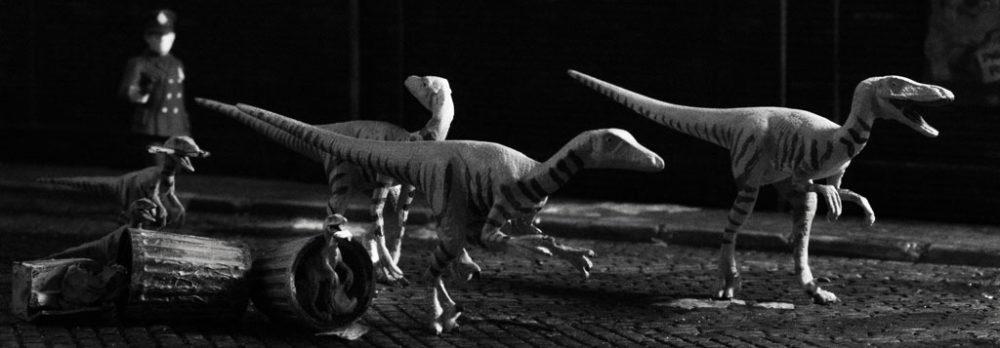On to the nitty gritty.
Bought servo linkages, now to model them and place them in a rational way.
working on cosmetics

On to the nitty gritty.
Bought servo linkages, now to model them and place them in a rational way.
working on cosmetics
Today:
I figured out how to affix the outer and inner halves together.
Started swapping threaded holes for threaded inserts
Next:
Buy actual linkages and adapt models to work with them.
Ding, $215 worth of plastic.
this meshes with my budget.
woot
Wee!
My first blunder.
0.040″ is too thin of a wall. In my world, I do a lot of 0.040″ thick walls–in aluminum–in parts that are 1/4 an inch big. I found some old shapeways parts and the thin walls are “squishy”
If I thicken the walls, I won’t be able to afford it, or won’t be able to over a short period of time.
If I build as is, it won’t work.
Thinking making a honeycomb like wall. A lot of work.
Thinking of making some sample wall sections using different design techniques and see which is stiffest.
What I do have going for me is that the majority of the internals are 0.080″, which I believe to be thick enough. With enough ribbing, the outer sections should be fine as well.
Ok,
Wrote parameter function in Inventor that allows me to put in eye direction and magnitude, face direction and magnitude, and move the joints an appropriate amount.
This is important because the eye or face is only meant to pan or tilt a certain amount off center. If I move the face pan servo 20 degrees and the face tilt servo 20 degrees, it is actually facing 45 degrees with more than the allowed amount of overall tilt.
if I input instead:Face tilt 20, Face rotation 45, and take the sine of the face rotation and multiply it by the amount of tilt I get the actual amount of pan required. Similarly, if I use cos for the tilt servo, I get its value.
—
worked out a holder for the Raspberry Pi, but it is looking increasingly crowded in there. still need a small micro, speakers, amp and battery. The battery will likely be several small batteries tucked in wherever they will go.
—
going to try to make a reasonable model which is a compilation of all the major component’s movements within the model’s interior volume. Still not sure how yet.
Here I stepped the major moving parts through their rotations and made a single part.
Early am as usual, a little work on Wheatly, and off into the field for some more film work.
Yay film!
8/1/12 8:37 pm
UGH
Major cad work, still not close to cranking out real parts.
Well,
Time to step back.
Errors were made.
I “pinned” the axis in a place that caused no hindrance and designed a few parts. Today I started in on a new assembly, one to verify motion, and found a lot of interference.
To move the interferences, I need to move hardware.
To move the hardware, I may have to remove the raspberry pi.
If I move the raspberry pi, I likely have to remove it.
If I remove it, I will have to change the software…
As I said, UGH.
Update:
Moving serovs around, being more diligent. May work out ok.
Update 8/1/2012
Being more diligent, things looking better, things still awkward. Moving towards shared axis. I.E. I am looking at having two servos push and pull on opposite sides of a gimbal. If they push and pull in equal but opposite directions, one axis stays stable while the other remains stable. add an equal and identical offset to both, and the second axis moves.
Primarily, I am thinking of doing this for the face’s tilt and rotate. If I were to support the face from the back, and not the bottom of the sphere, I would lose a lot of contigulus space, but the axis with then be a little simpler.
It looks like:
Got out and shot a roll of 120 on the Toyo with my Mamiya 90mm f3.5.
Ended up shooting at f8 due to 400 film, no ND, and tons of light.
Still have not shot 4×5 funnily enough.